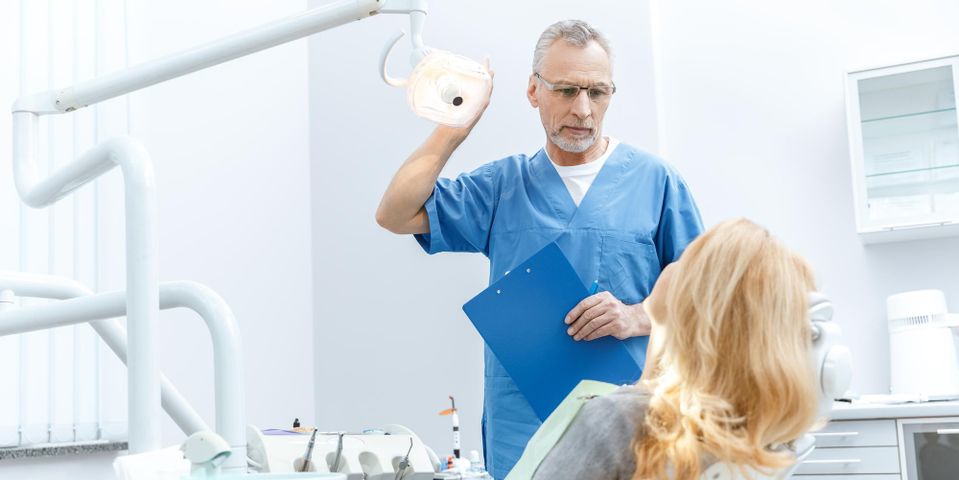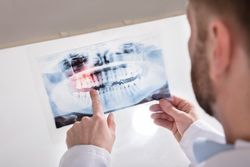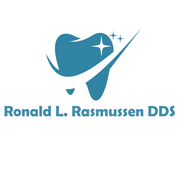What Dentists Want You to Know About Impacted Teeth

In some cases, impacted teeth can be quite painful. In other cases, however, you might not experience any symptoms at all. In either case, recognizing the signs of this condition is crucial. If left untreated, it can worsen and lead to serious dental issues. The following guide offers an outline of what you should know about this condition, so you can work with your dentist to devise an effective treatment plan.
What Is an Impacted Tooth?
Teeth become impacted when they try to emerge from under the gums but don’t have enough room to erupt fully. Without enough space, the eruption will cause the surrounding teeth to shift. Most often, this occurs when the wisdom teeth come through. For most people, this happens when they are between 17 and 25 years old.
Your dentist will classify the impaction based on where the tooth is positioned in relation to the jawbone. For example, if the crown has emerged into the gums but hasn’t erupted past the surface, it’s a soft tissue impaction. In the case of a partial eruption, the dentist will classify it as a partial bony impaction. If the tooth is completely encased by the jawbone, it’s a complete bony impaction.
How Will Your Dentist Treat Your Impacted Tooth?
 If your tooth is fully impacted, but it isn’t creating spacing issues in your mouth, your dentist might not need to do anything. If it is causing the other teeth to shift, they might suggest extracting the impacted tooth. This is common in a patient’s wisdom teeth. This removal will free up additional space in the mouth to keep your teeth in proper alignment.
If your tooth is fully impacted, but it isn’t creating spacing issues in your mouth, your dentist might not need to do anything. If it is causing the other teeth to shift, they might suggest extracting the impacted tooth. This is common in a patient’s wisdom teeth. This removal will free up additional space in the mouth to keep your teeth in proper alignment.
If you think you have an impacted tooth, turn to Ronald L. Rasmussen, DDS in Sacramento, CA. This knowledgeable dentist is a proud member of the American Dental Association and provides cosmetic and general dentistry services. Give him a call at (916) 689-1100 to schedule an appointment, and visit the practice online for more information on their services.
About the Business
Have a question? Ask the experts!
Send your question

